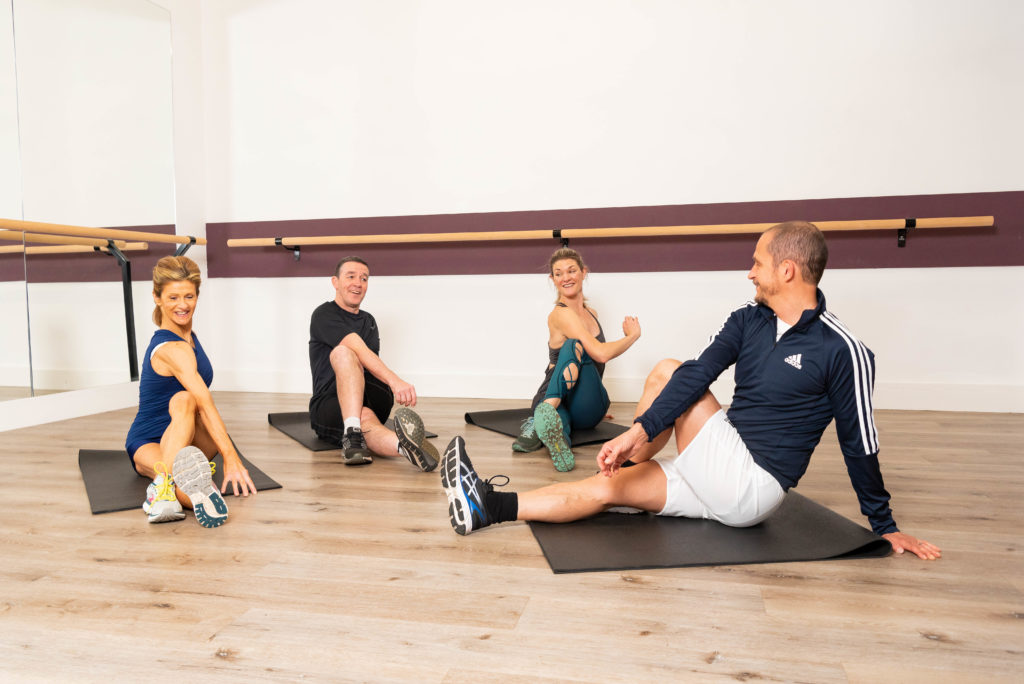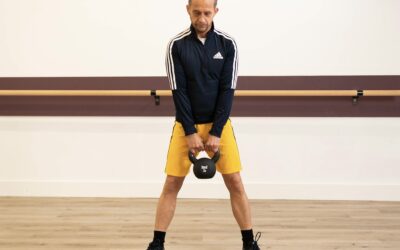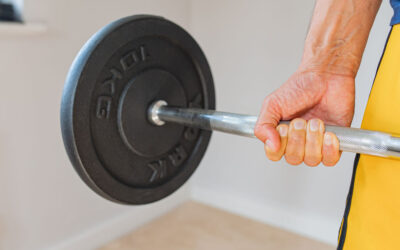I am really looking forward to posting a series of blogs on the subject of fitness. The term fitness means many different things to many different people. Perhaps the most common view of what fitness constitutes is that it is related to how much endurance or stamina a person has. If we look a little deeper at this, we quite quickly understand that this is an element of fitness known as aerobic fitness. It is associated with being able to run, cycle, or swim for a long time. Or it could be thought of as helping us to perform endurance exercise in a quicker time, such as a 5 km Park Run.
Most people who have good aerobic fitness also have low or very low body fat. However, low body fat is not a measure of fitness. It is an outcome which can be associated with having done large amounts of fitness training, but it is also dependent upon diet and other lifestyle factors, such as sleep, as well as genetic factors. I thought that it was important to make that distinction here at the start.
Fitness is multidimensional
While it is true that aerobic fitness is a common measure of fitness, it is not the only one. What about strength, speed, power, and skill? These are also really important measures of fitness and there are even subdivisions of aerobic fitness that we should consider.
I have recently enjoyed becoming familiar with the enlightening work of exercise physiologist, Dr Andy Galpin at California State University, who is able to convey his evidence based knowledge of the subject in a very relatable and interesting way. In a recent podcast series with Dr Andrew Huberman, he outlined his views on the 9 most important adaptations to fitness training, which we can also term as measurements of fitness. I am going to take a brief look at each of them here, and then add a 10th of my own at the end.

Dr Andy Galpin’s 9 adaptations to fitness training
Maximal aerobic capacity
Long duration submaximal work
Speed
Power
Anaerobic capacity
Strength
Muscular endurance
Muscle hypertrophy
Skill and technique
Plus, my 10th measure of fitness is flexibility
Over the next few weeks and months, I will be writing about these different elements of fitness in greater detail, but to finish this blog here is a brief explanation of the meaning of each of the fitness measurement terms.
Maximal aerobic capacity
This relates to work in the 8 to 15 minutes range where a person will reach maximum heart rate, as well as their maximum oxygen uptake.
Long duration submaximal work
The ability to sustain submaximal work for a long period of time without any breaks. This is sometimes known as steady state training or cardio and typically lasts for between 20 and 60 minutes, although it can exceed several hours for ultra endurance events like the Ironman triathlon.
Speed
Moving at a higher velocity or acceleration.
Power
The application of strength or force over a period of time. Someone who can apply a great deal of force over a very short period of time can be said to be very powerful. Think of an international rugby player.
Anaerobic capacity
The amount of maximal work that a person can do in 30 to 120 seconds. It is a measure of whole body capacity, not individual muscle group capacity.
Strength
The amount of force that can be applied in one movement. For example, the most weight that a person can lift in one repetition of the bench press or squat.
Muscular endurance
This is a localised measure across a muscle group, such as the biceps, or the triceps, and relates to how many repetitions of an exercise that a person can do. We could say that someone who can do 3 sets of 15 bicep curls with a 30kg barbell has good muscular endurance in the biceps.
Muscle hypertrophy
This relates to the size of a muscle group; how big someone’s quadriceps or deltoids are, for example. There isn’t any consideration here of how strong the muscles are; simply their size.
Skill and technique
Moving more effectively. This could be a fairly straightforward skill, such as cycling or a more complex one such as serving in tennis. It can relate to a movement or sequence of movements, and it can be a closed skill, such as a tee shot in golf or an open skill, where we react to something happening in a game, like hitting a ball that has been bowled in cricket.
Flexibility
The ability to lengthen a muscle group, or groups, across the greatest possible range. for a single muscle group, an example would be a quadriceps stretch. For multiple muscle groups, one could consider the forward fold in yoga, which tests the flexibility of the calves, hamstrings, gluteals, and lower back muscles.
For the first of my detailed blogs on this topic, I am going to tackle forms of aerobic exercise training. Please make sure to check back here in a couple of weeks for all of the info.





